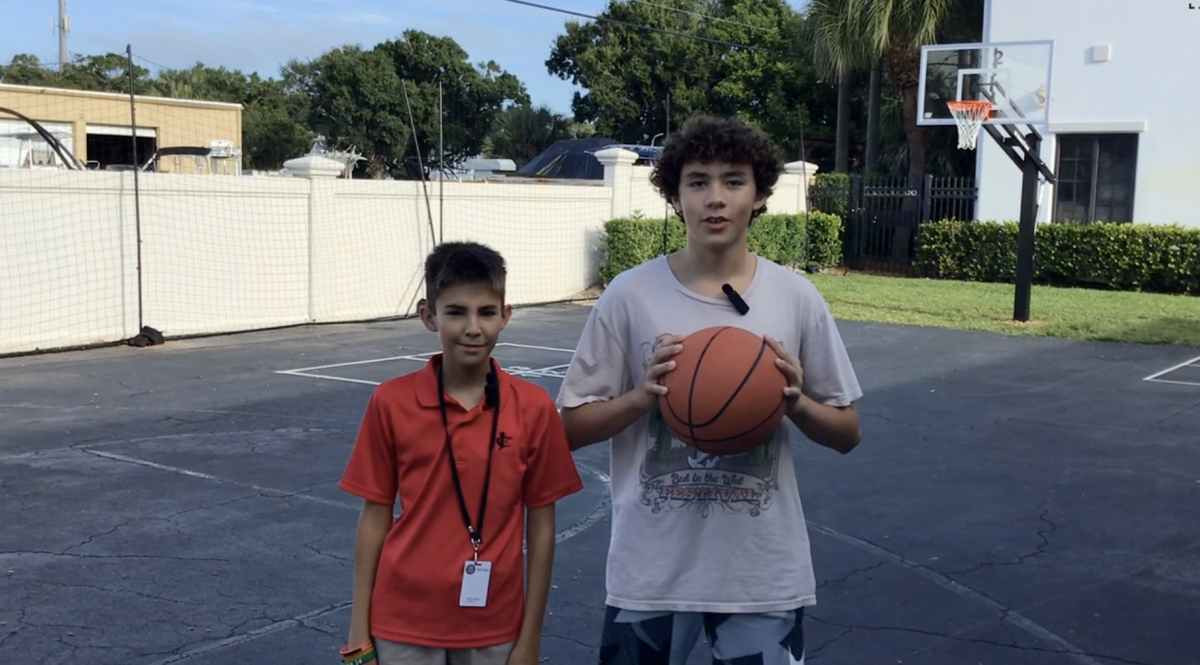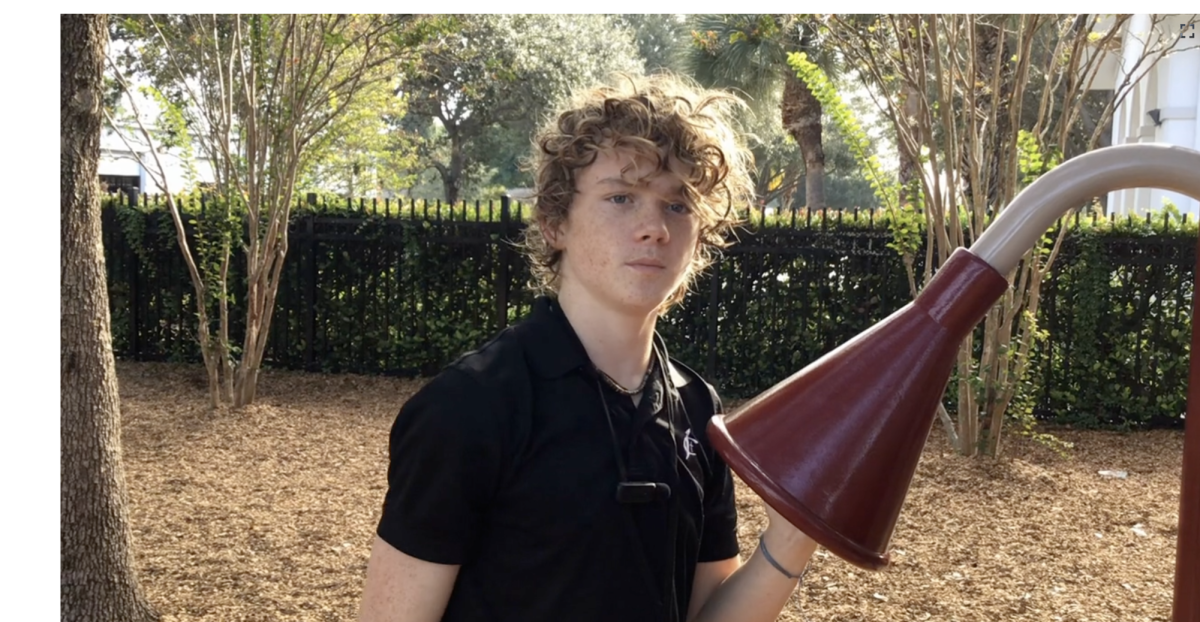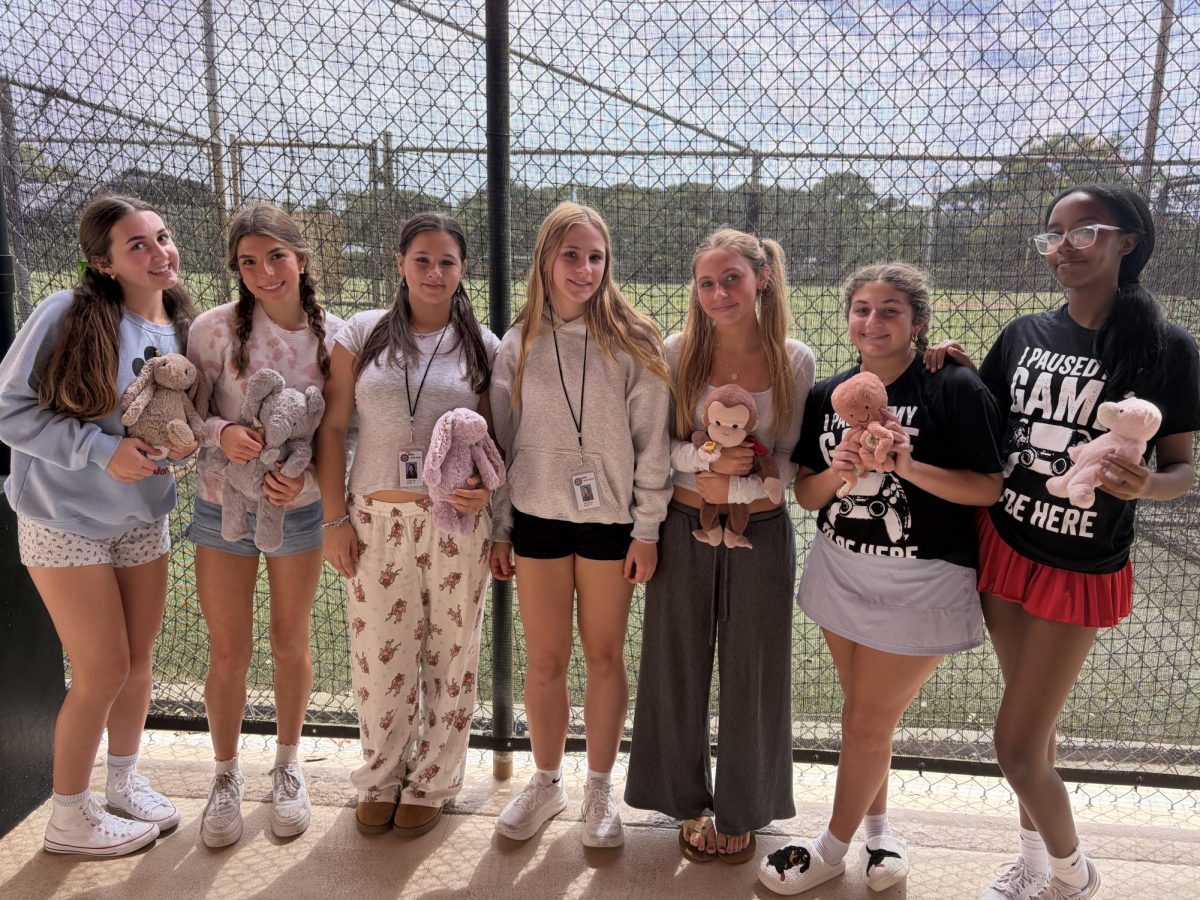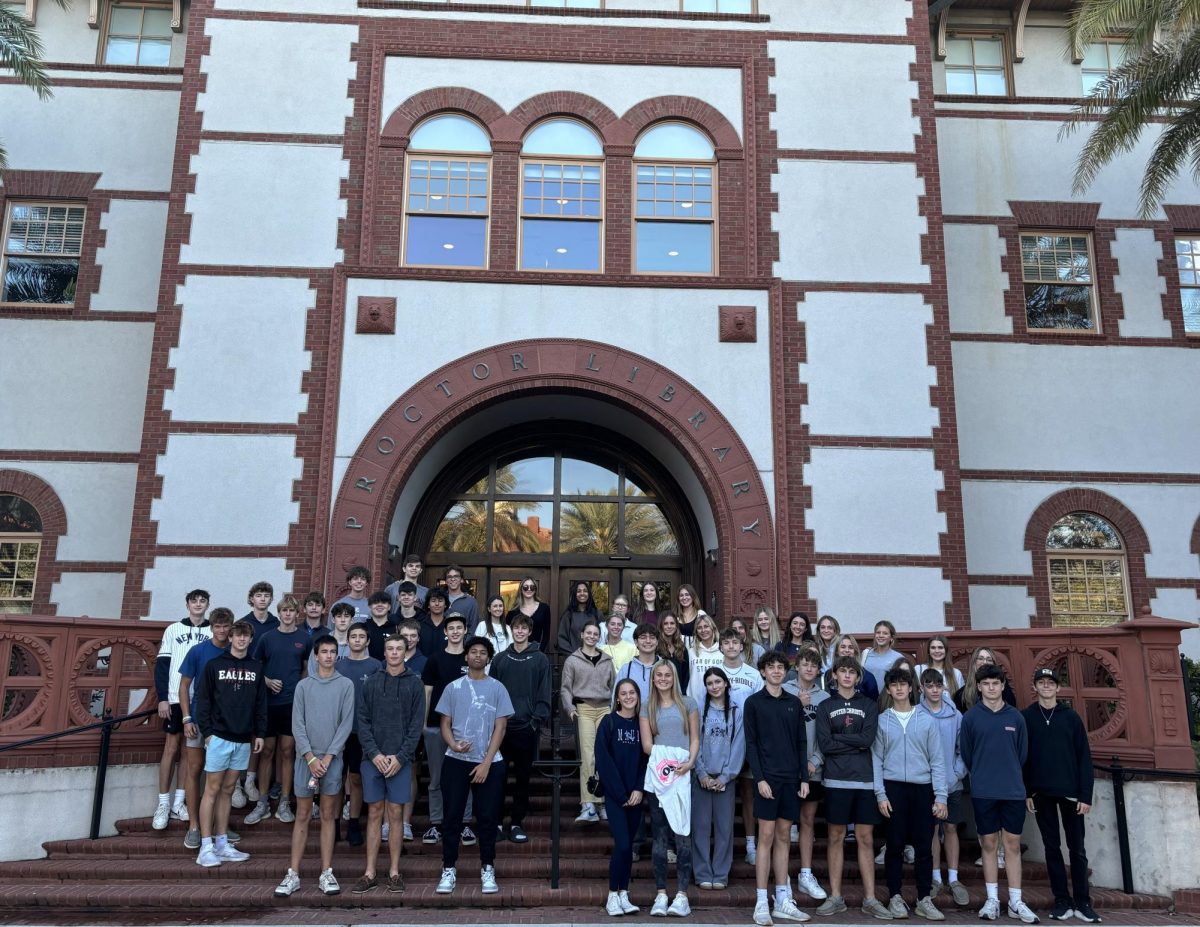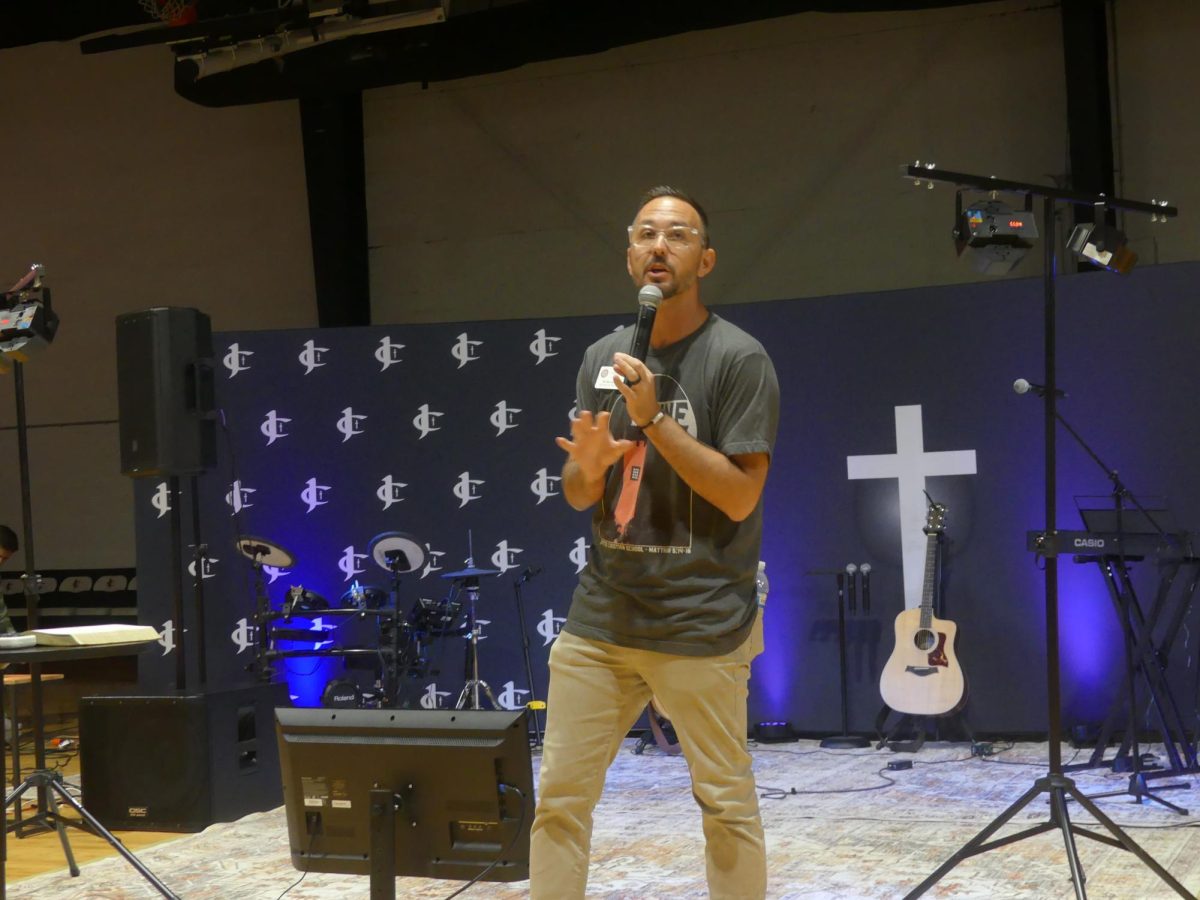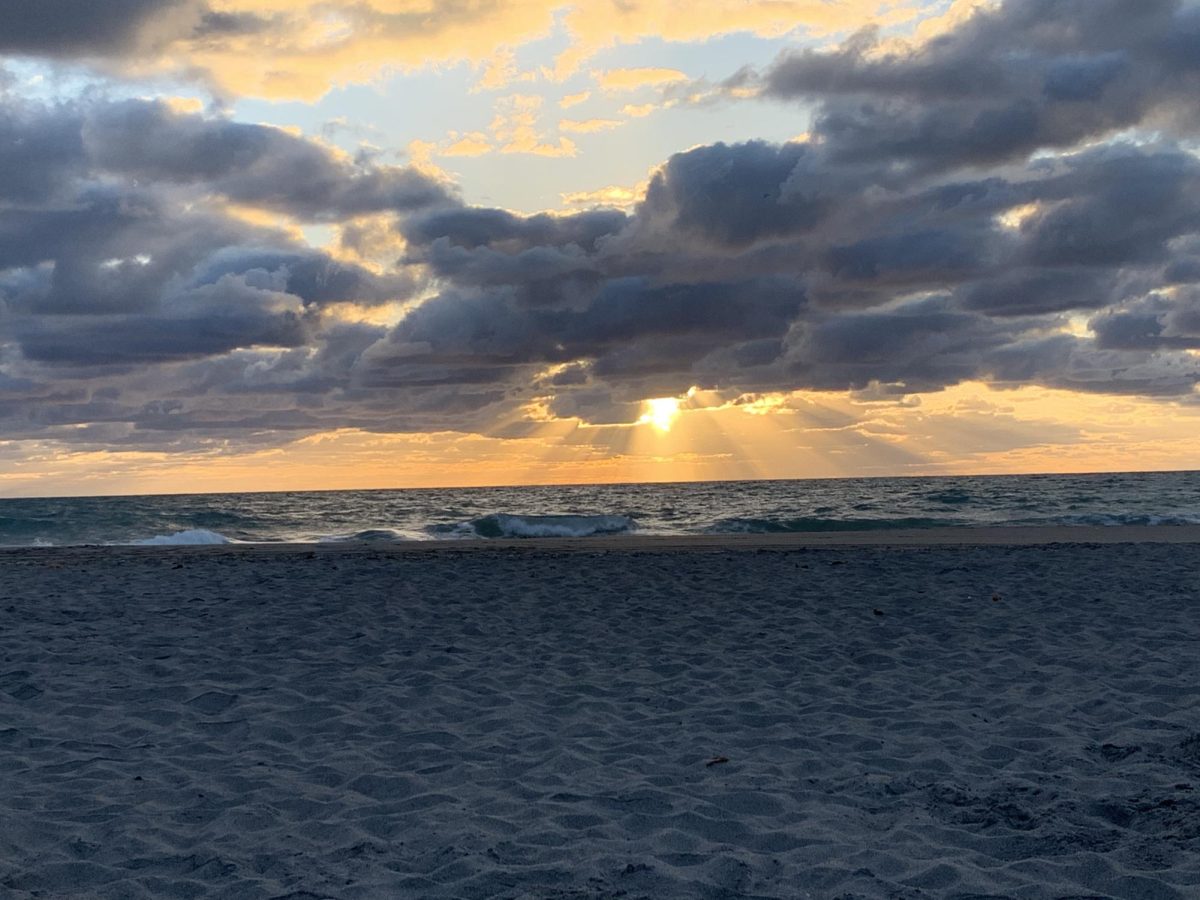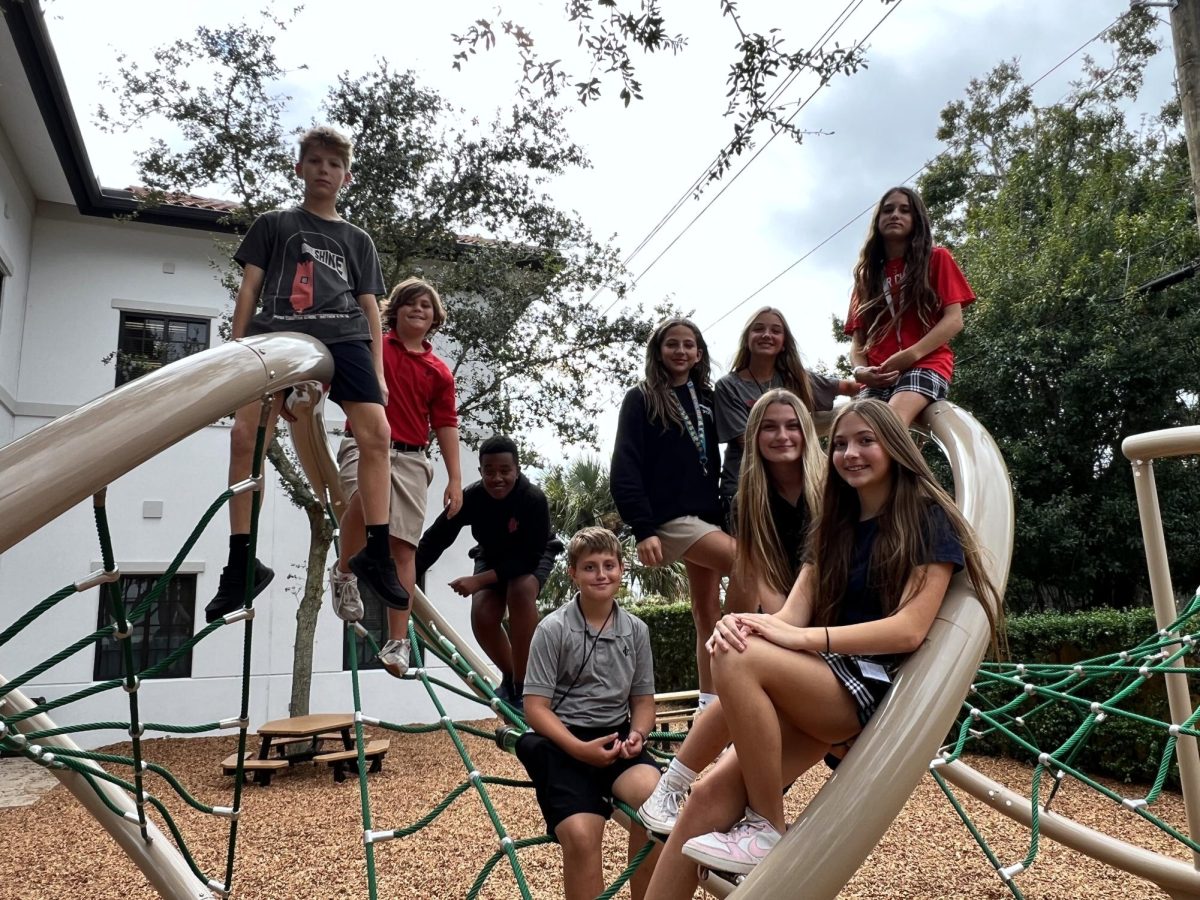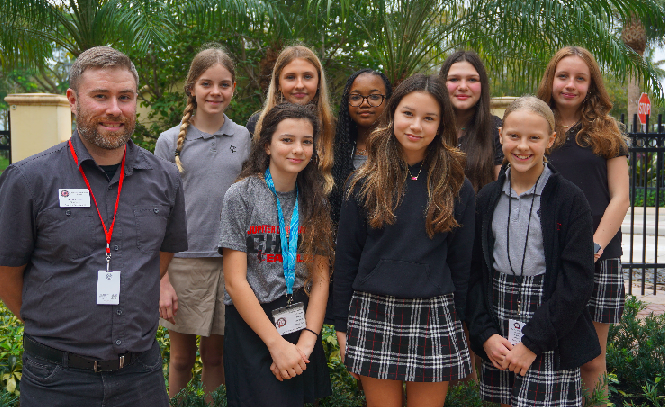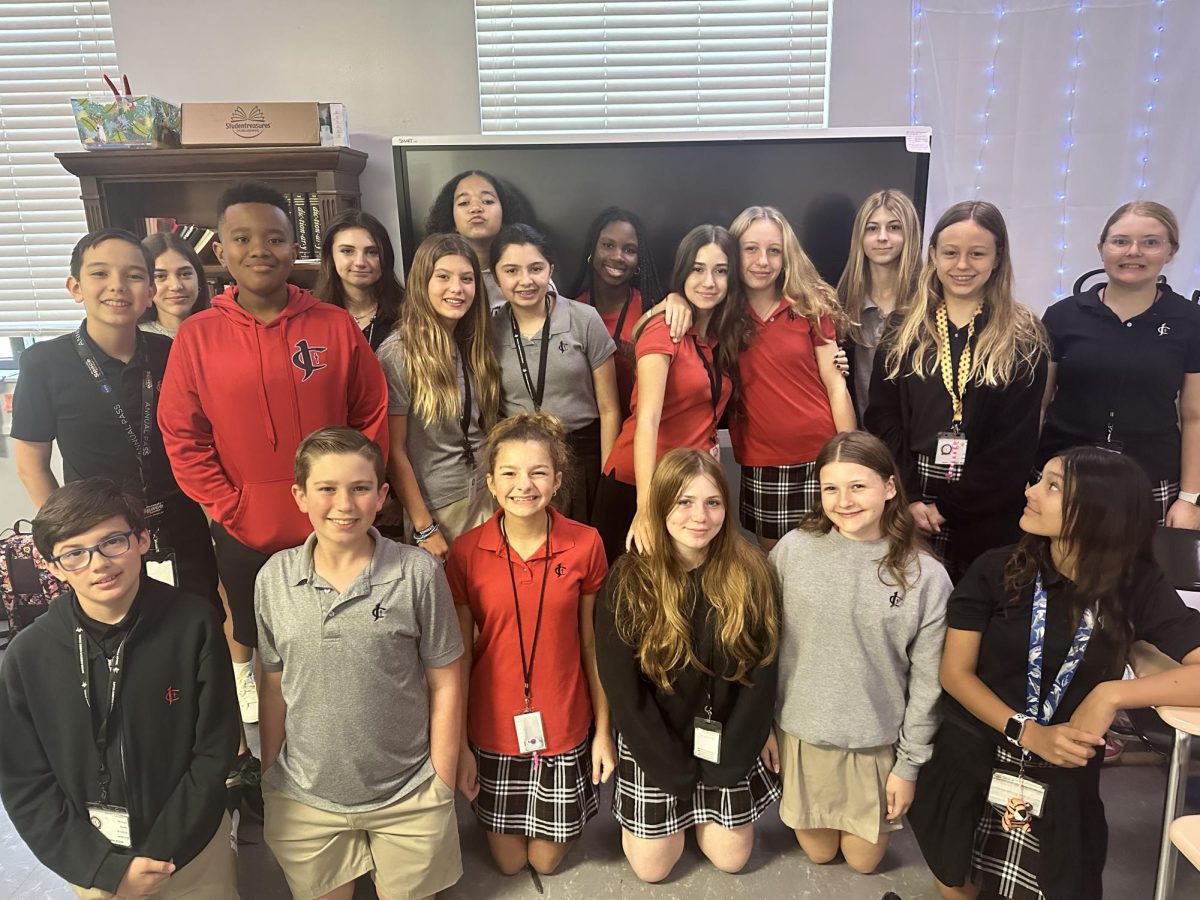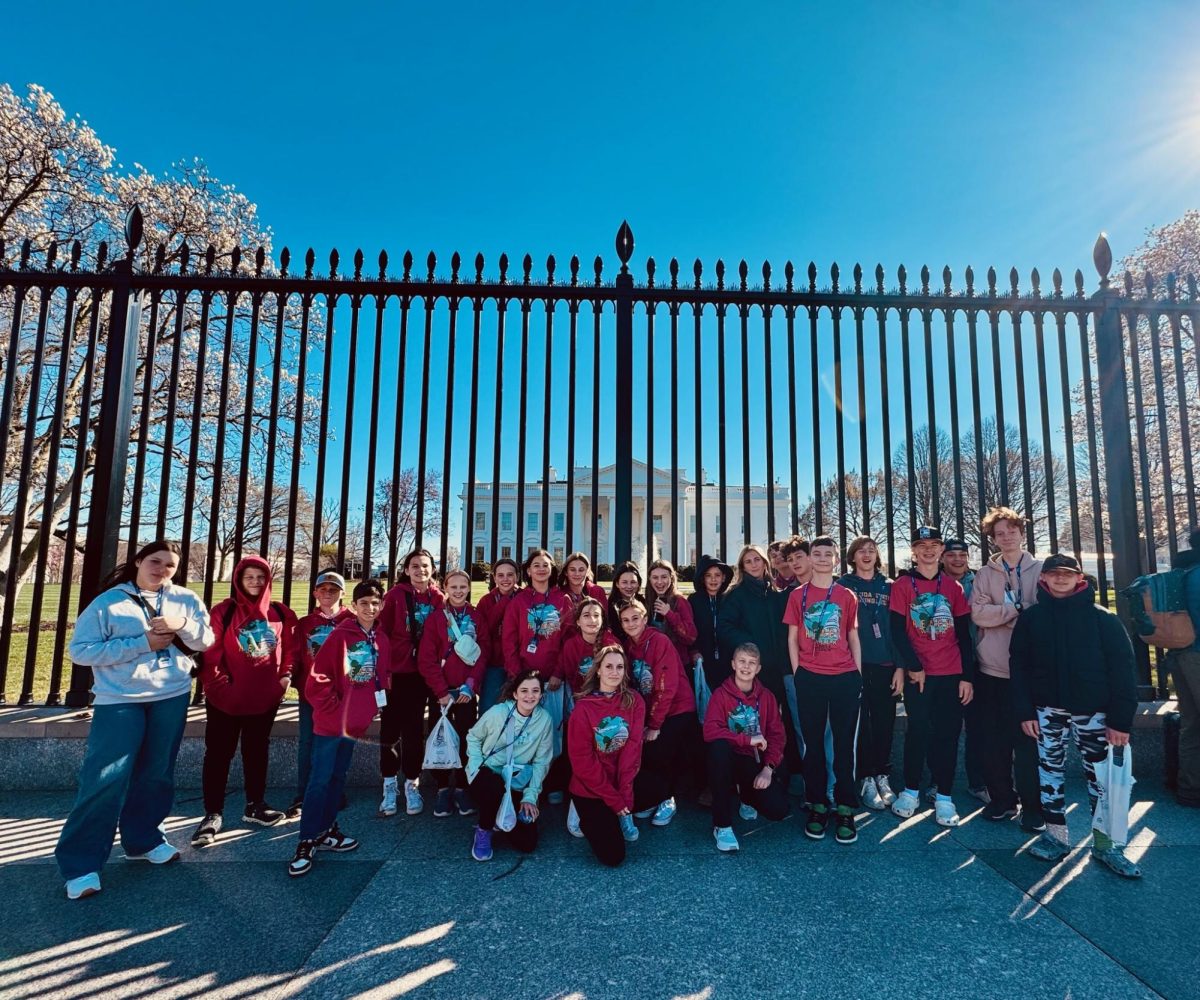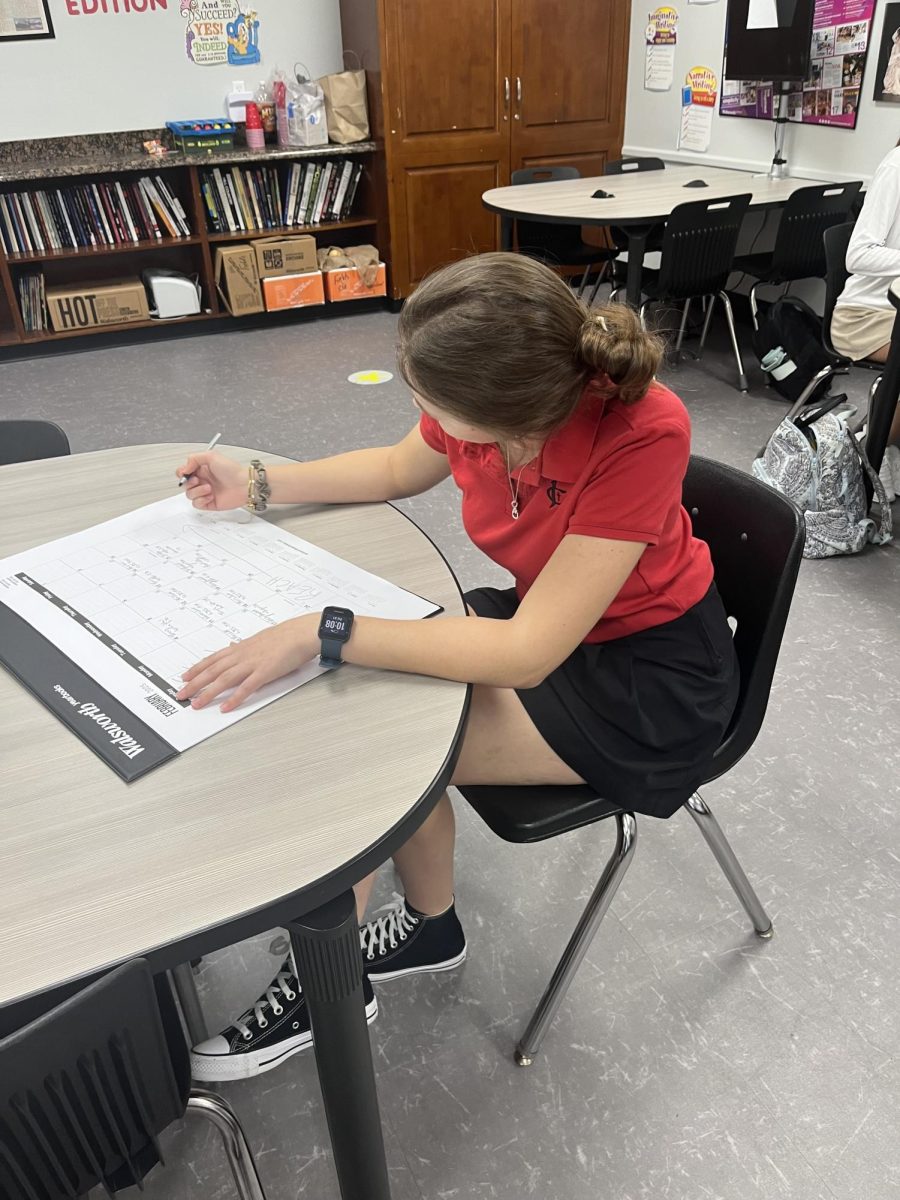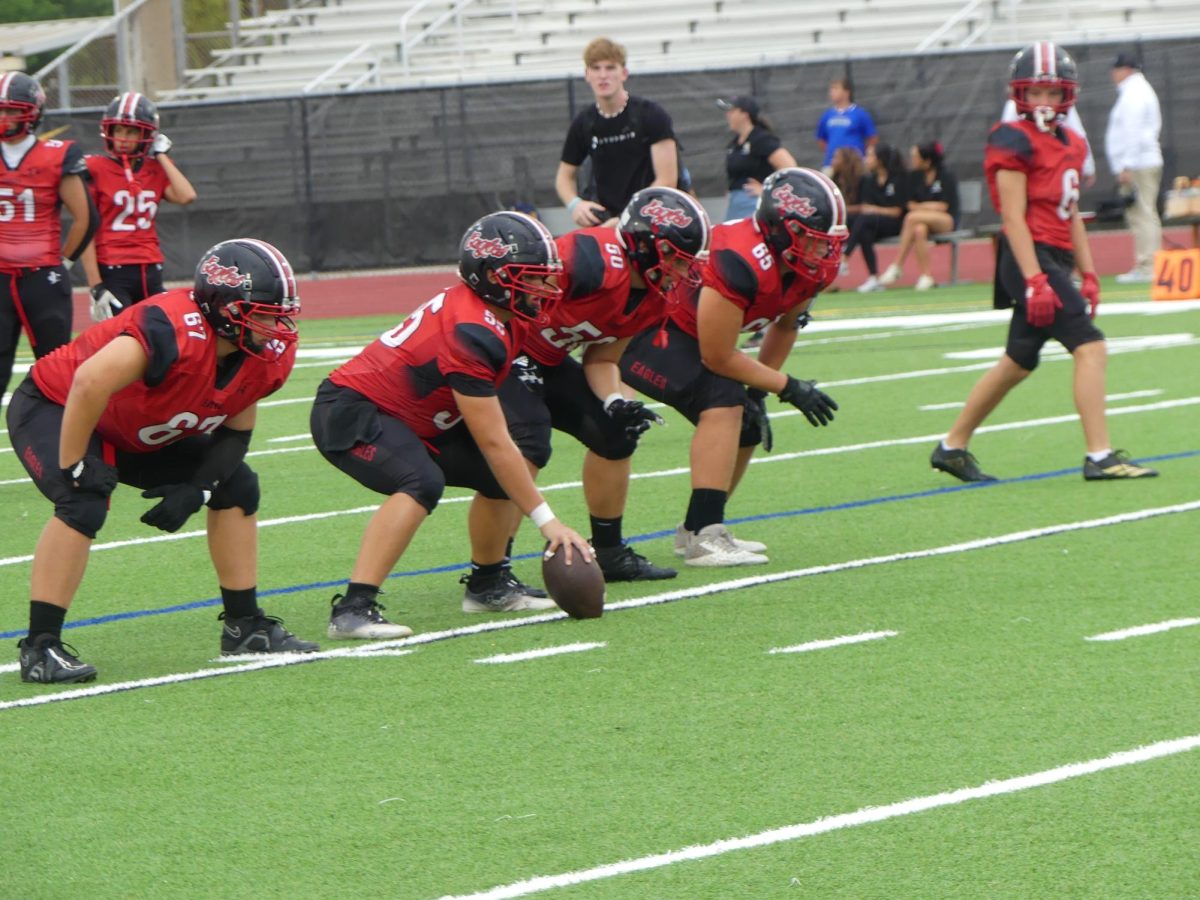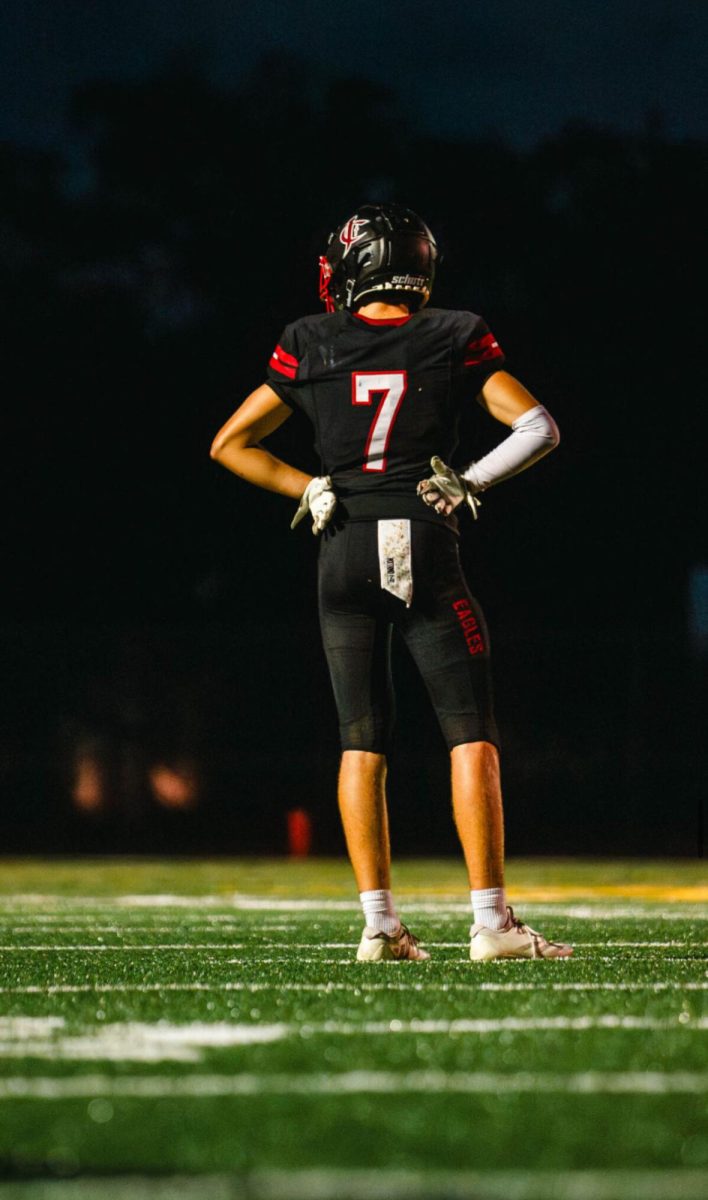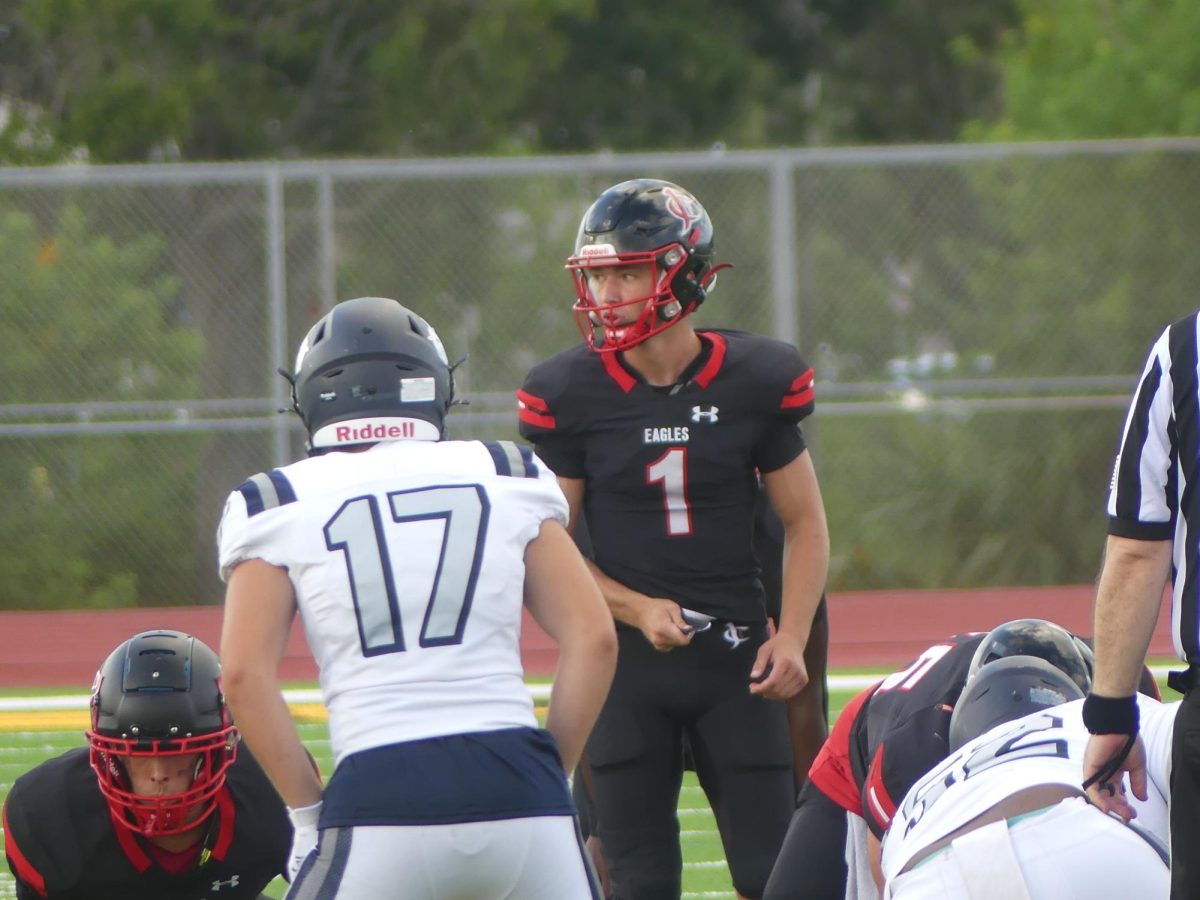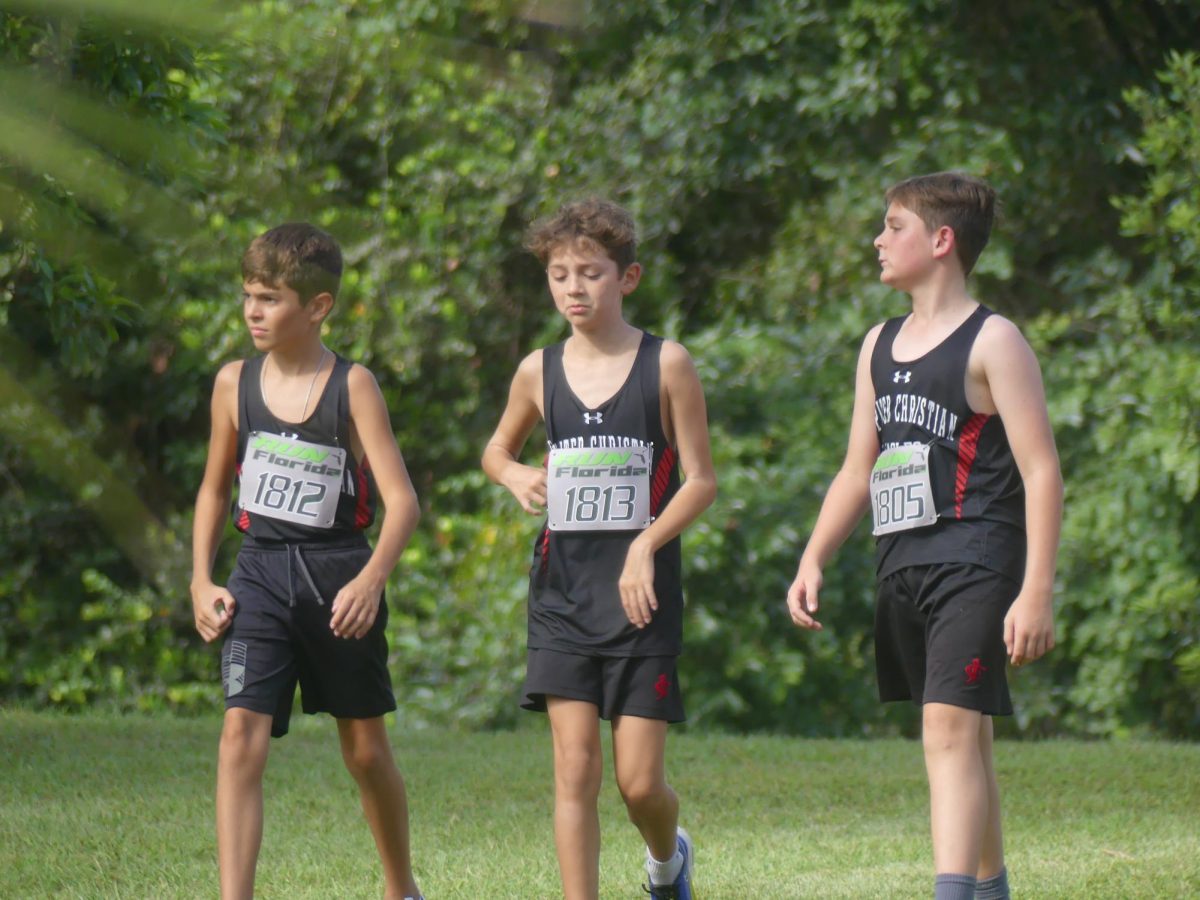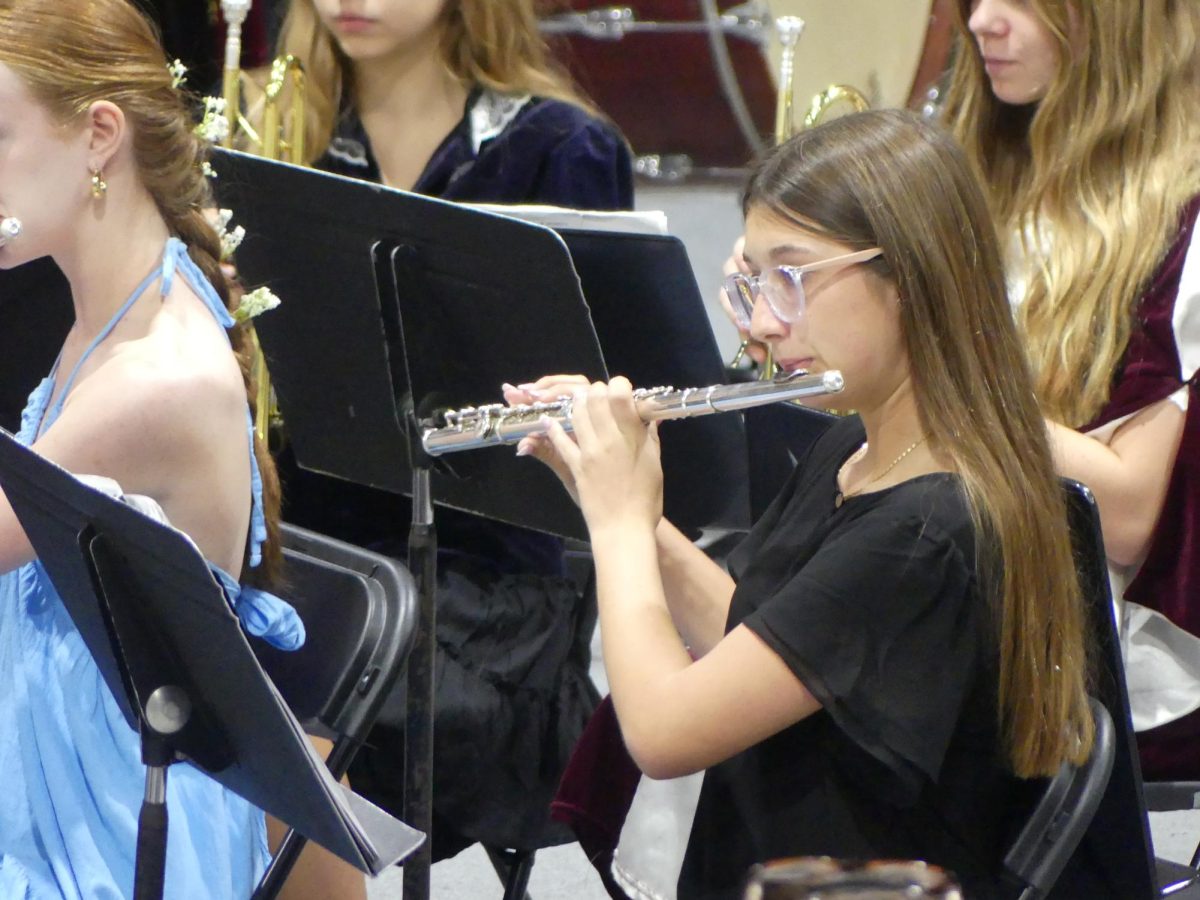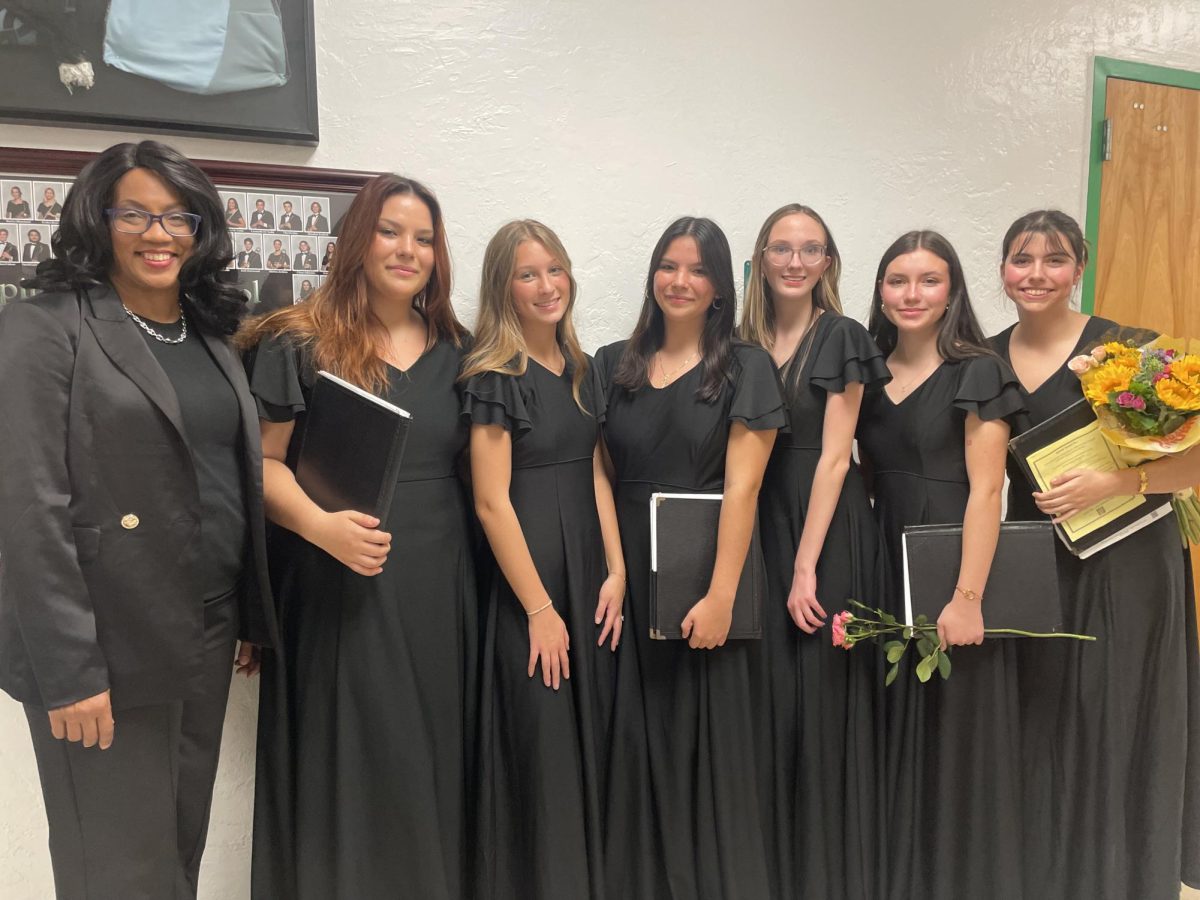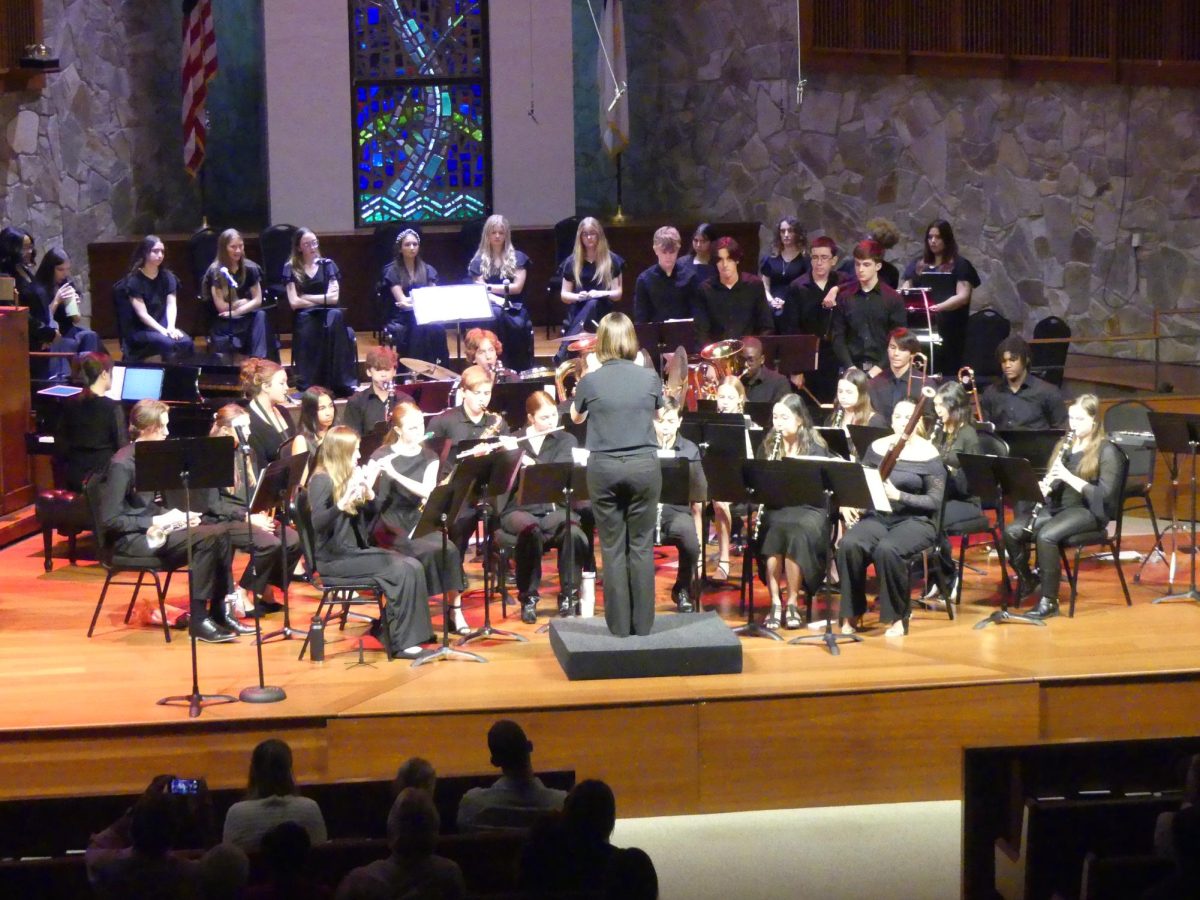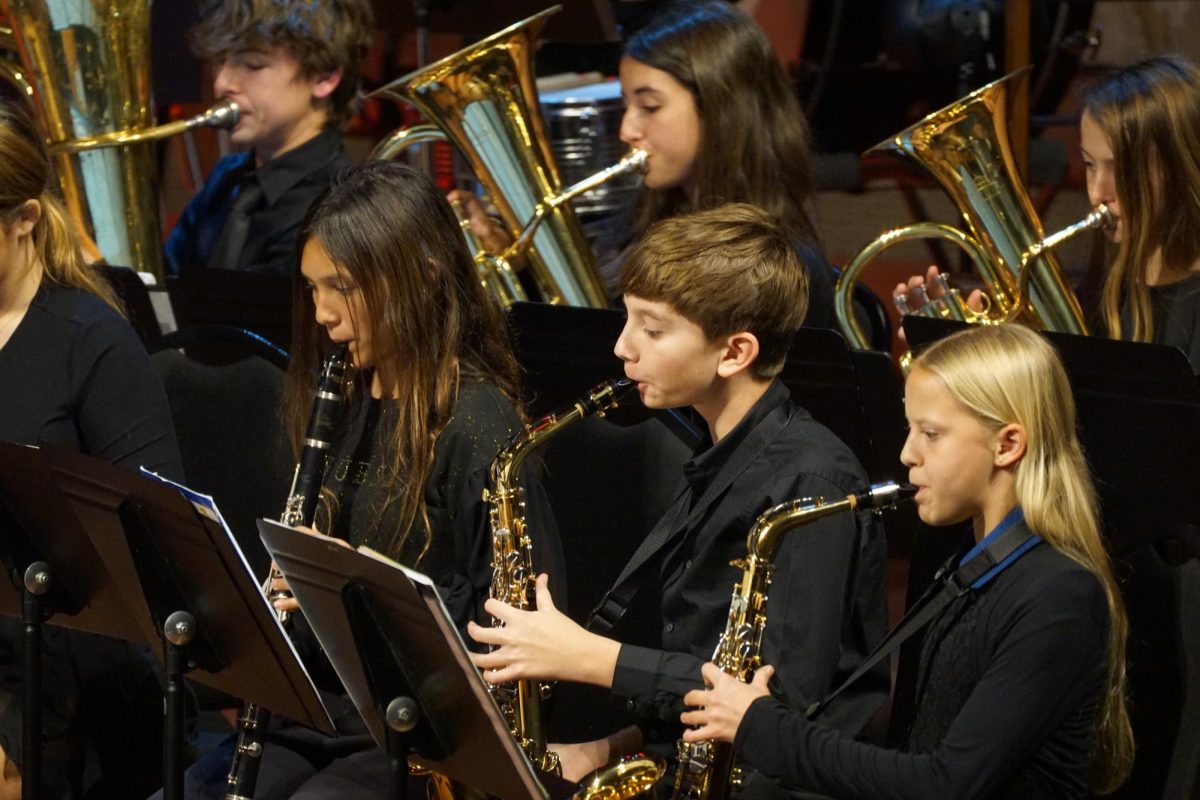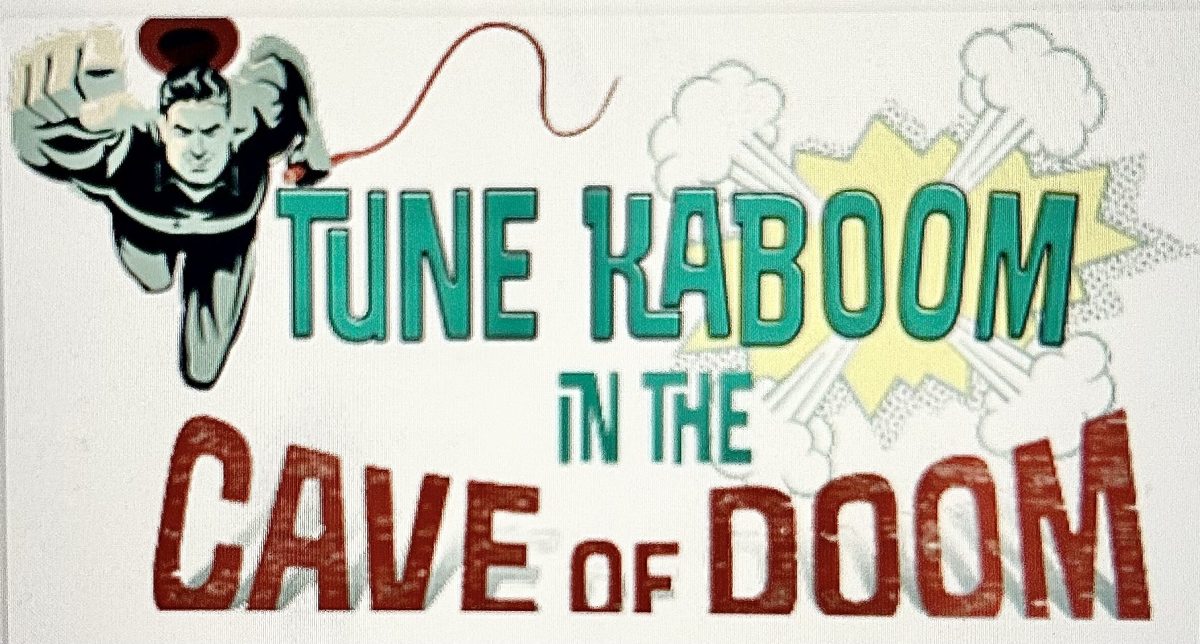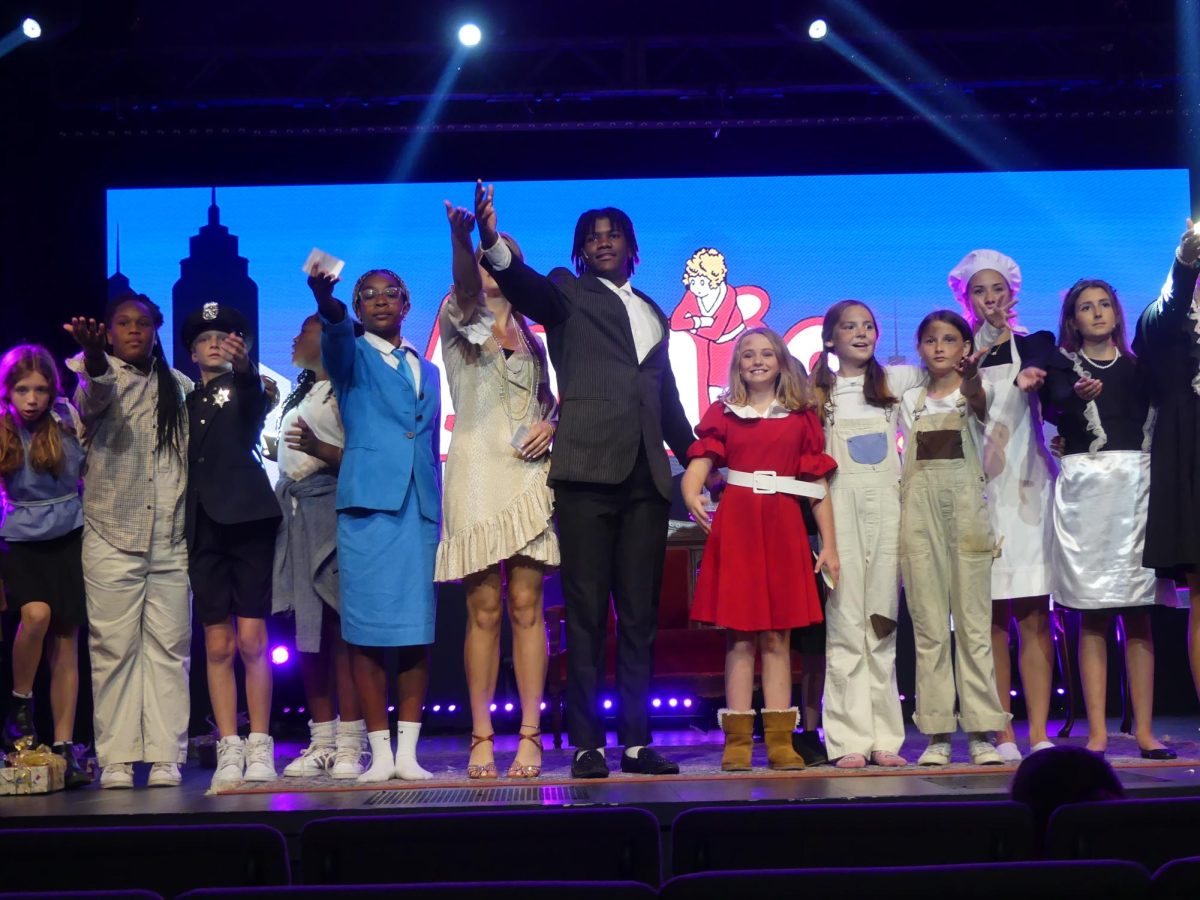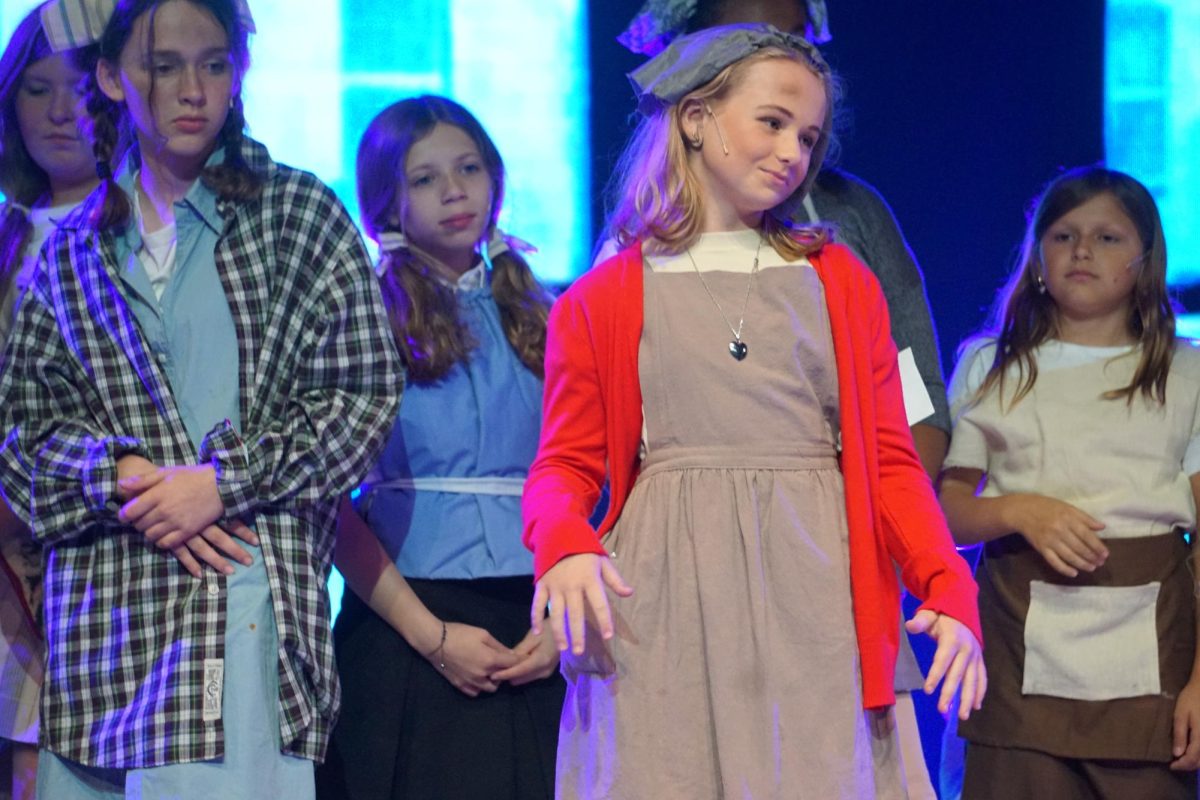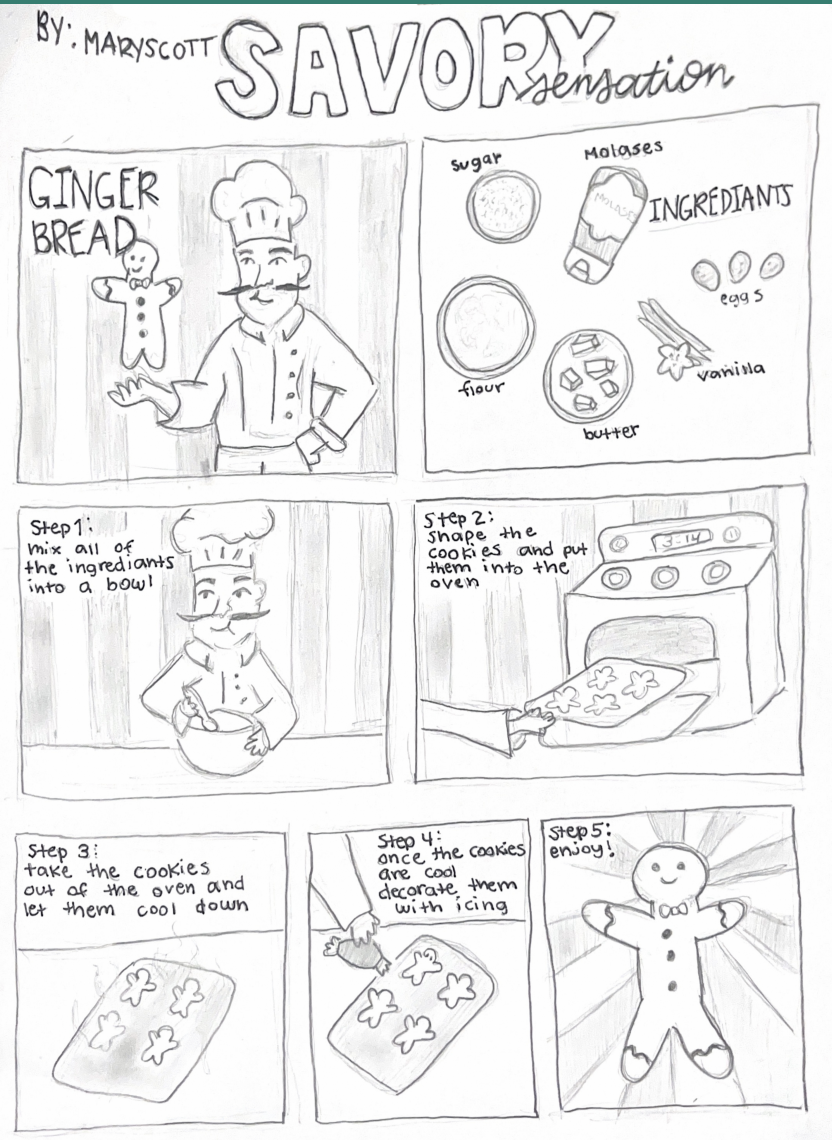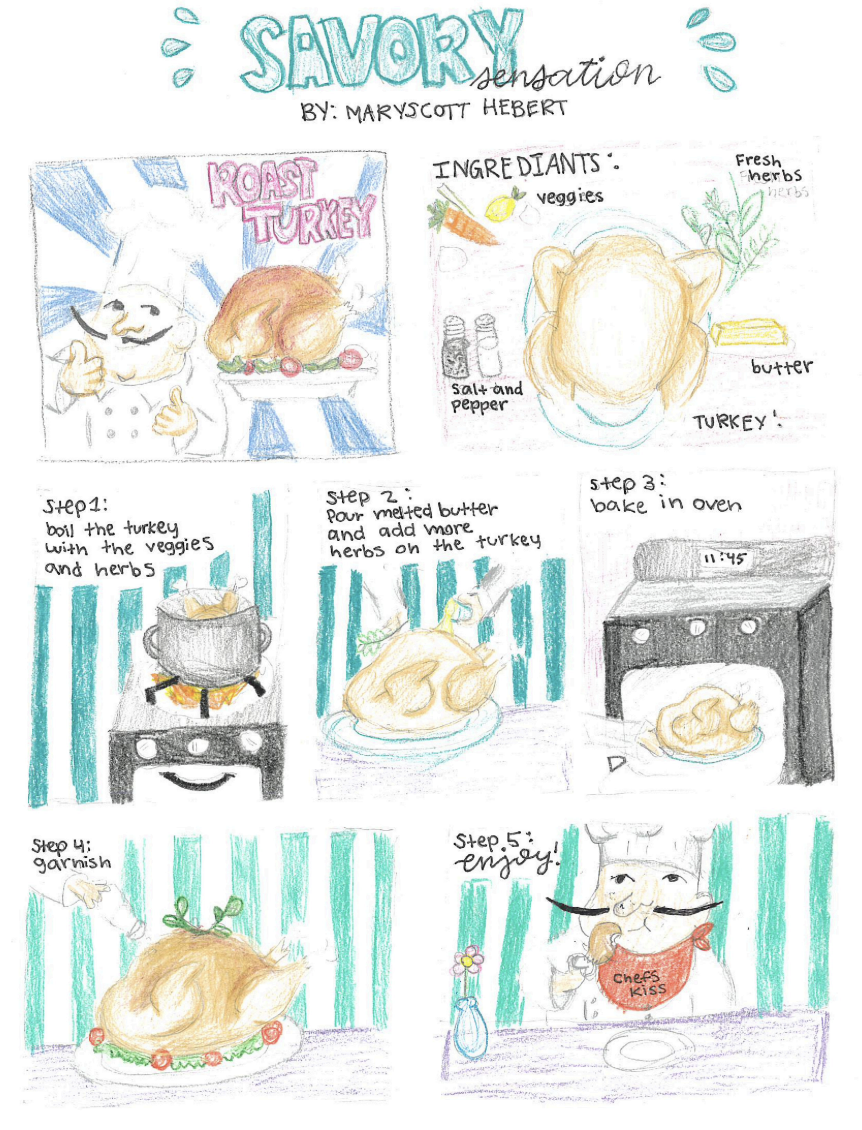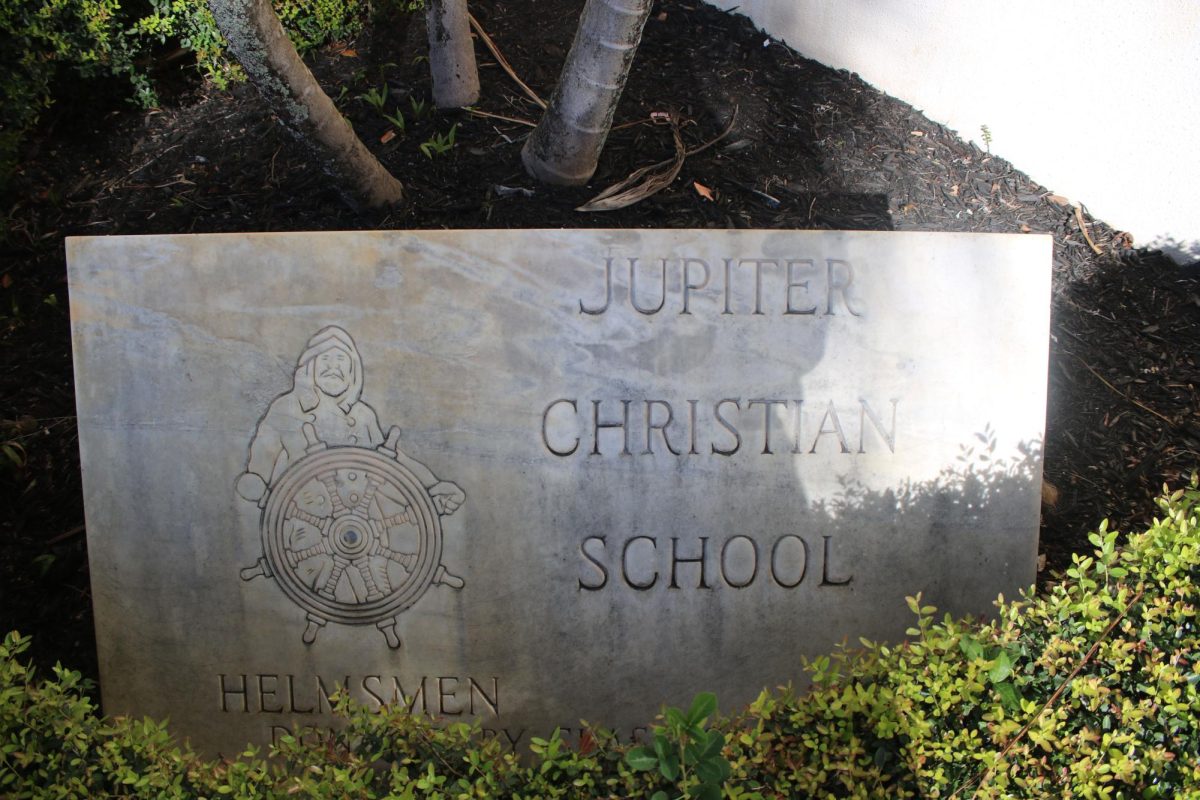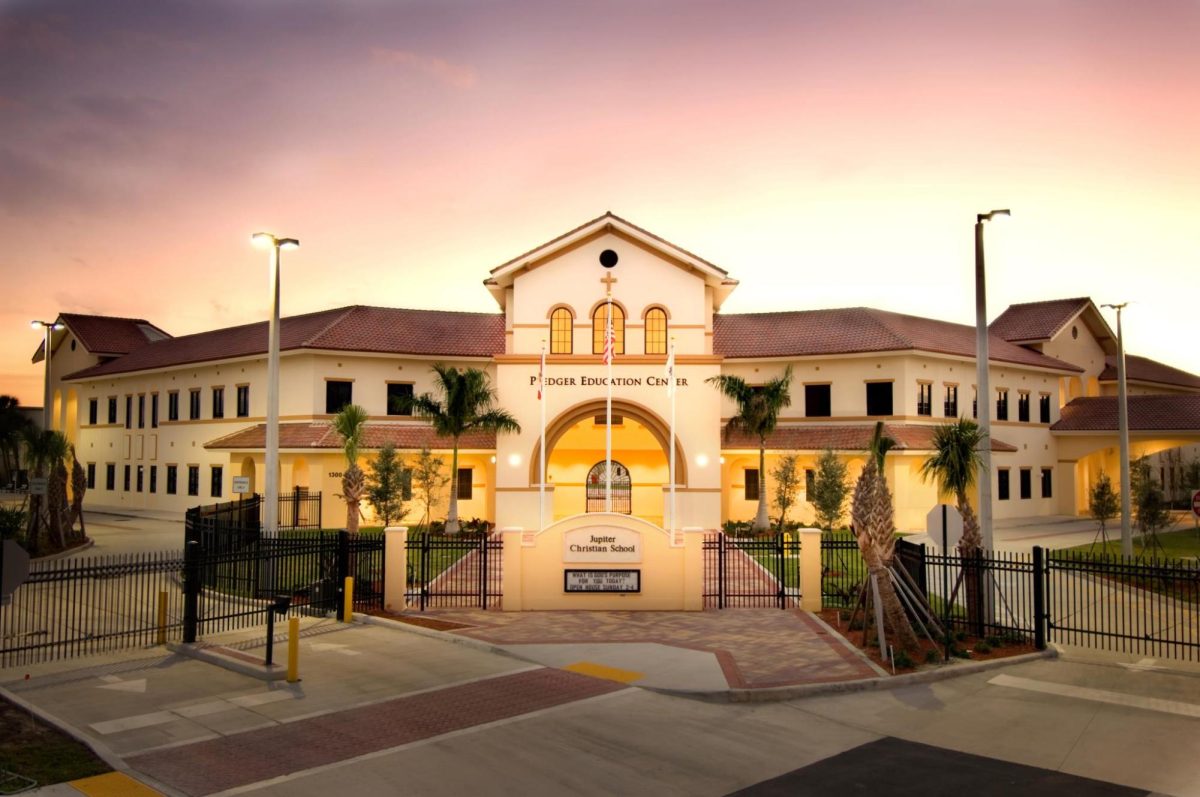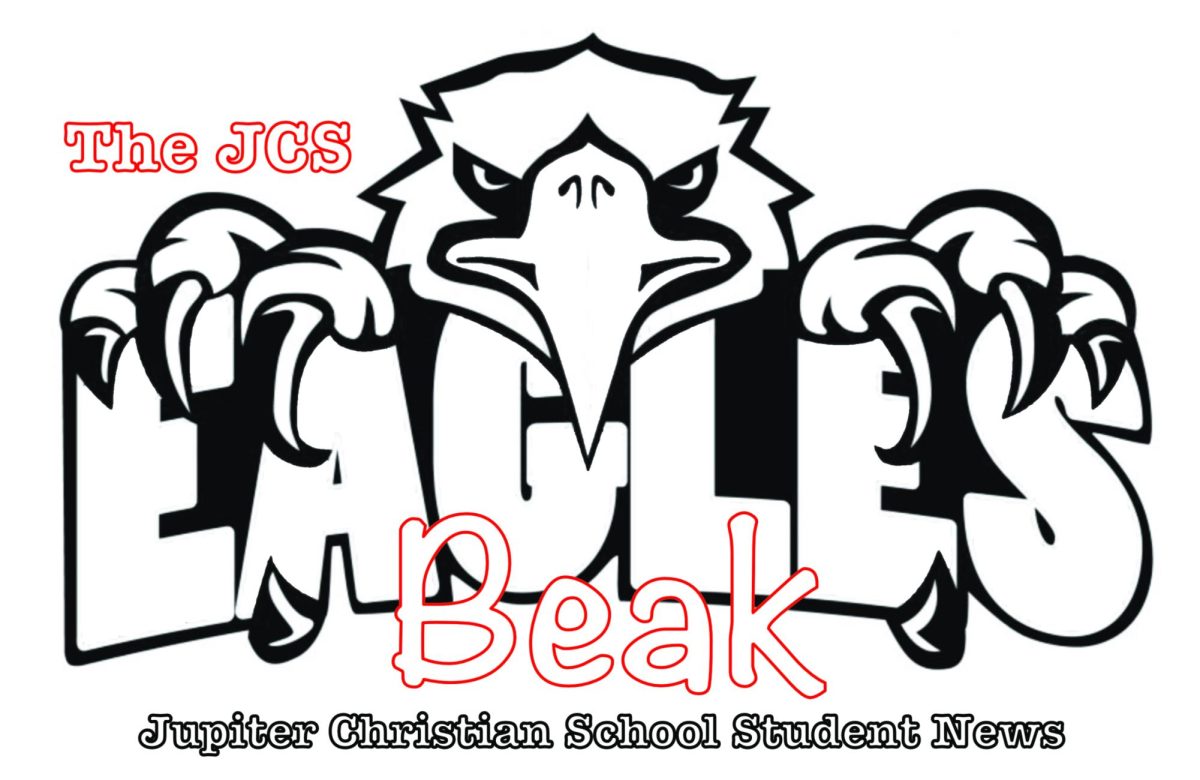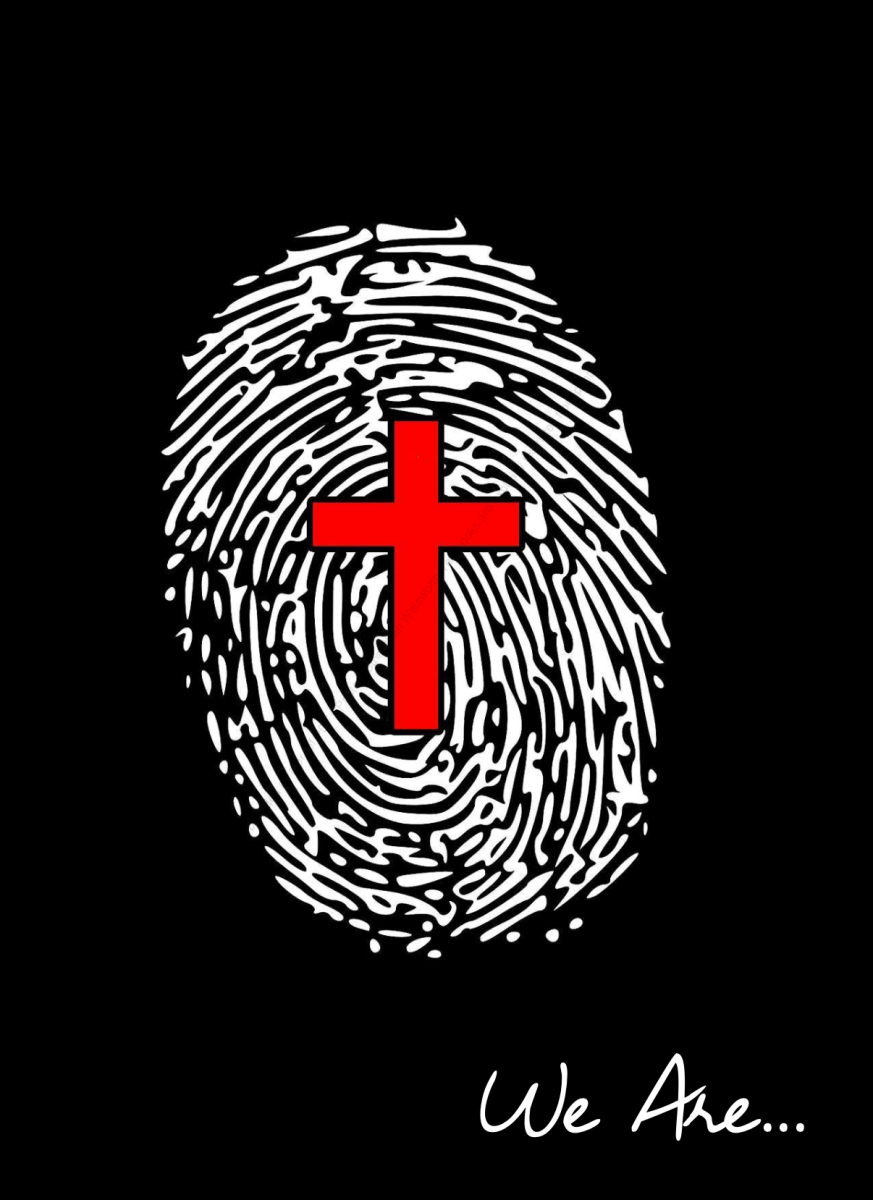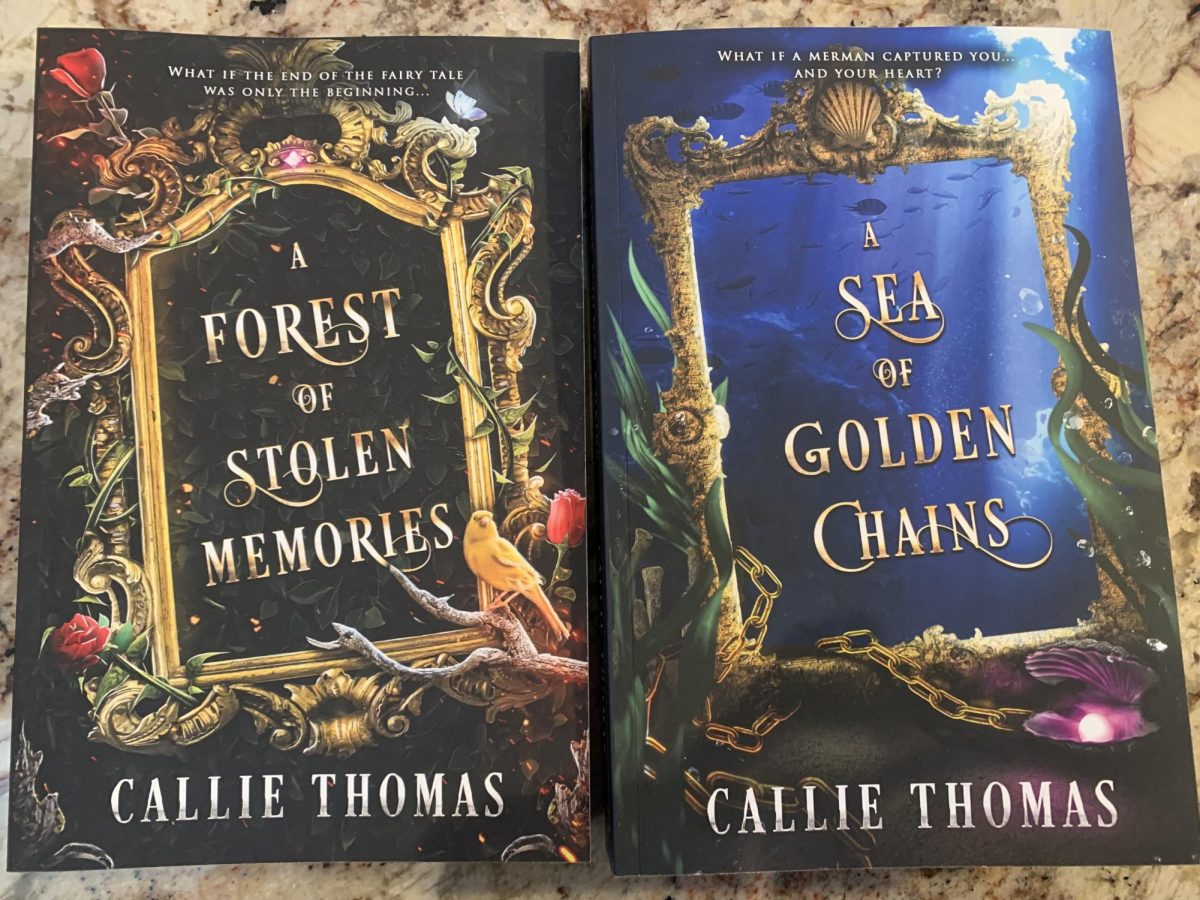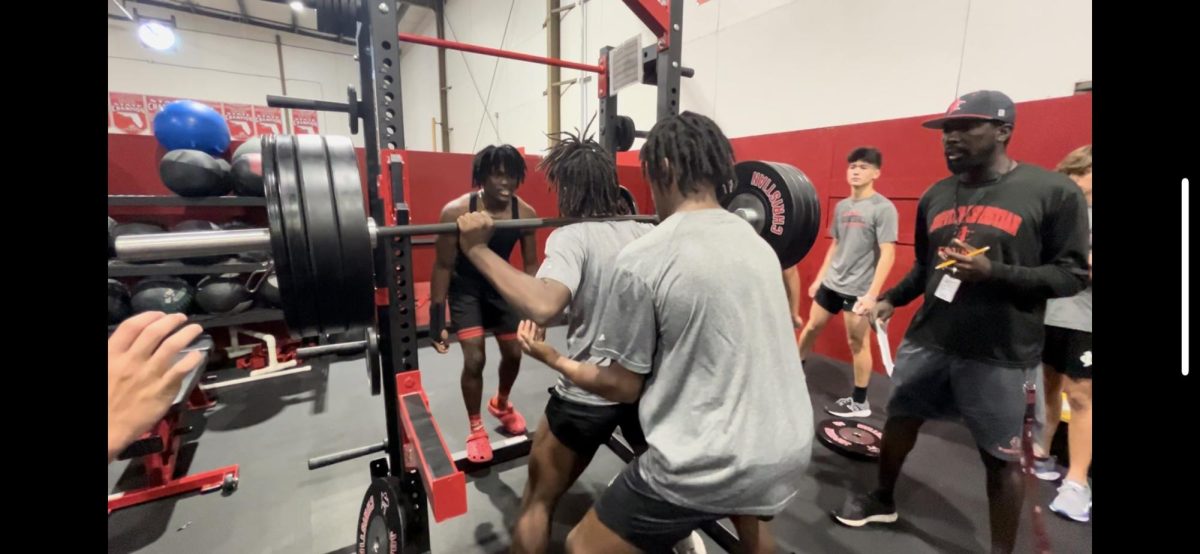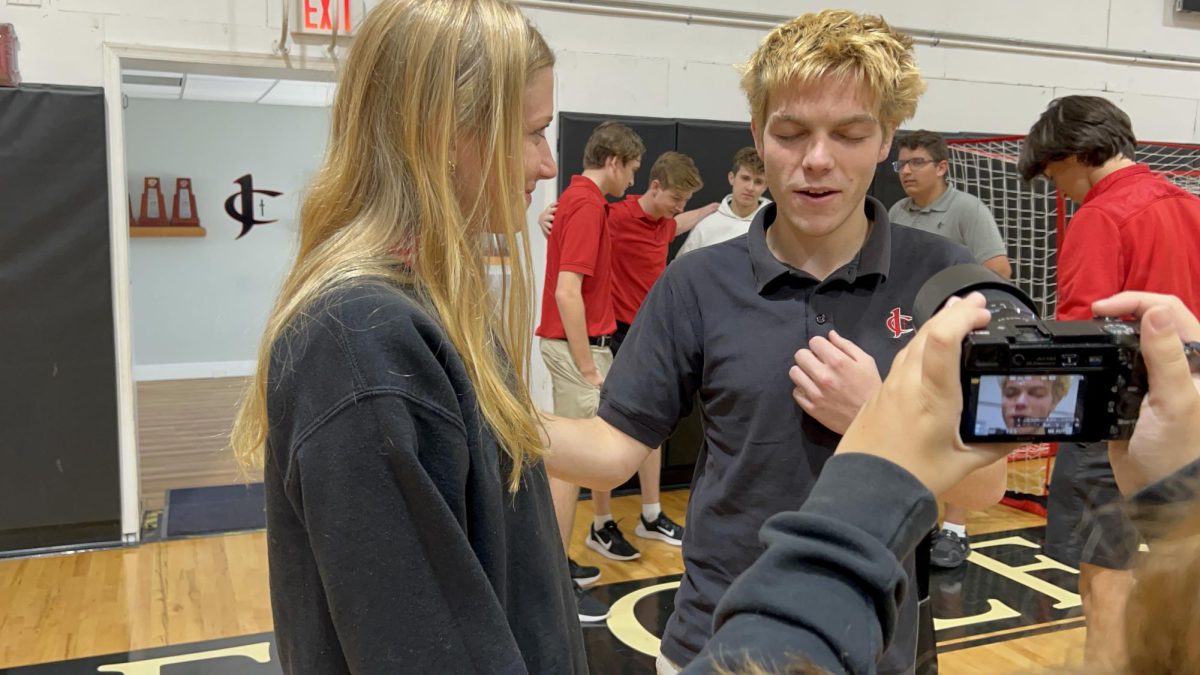JUPITER CHRISTIAN SCHOOL — C.S. Lewis’s Chronicles of Narnia has captured the hearts of readers since its seventh book released in 1956, and since then many authors have been inspired to create their own Narnia-inspired worlds. Within the past four months, I have had the pleasure of entering two different fantasy worlds steeped with Christian elements that instantly reminded me of Narnia.
The first was Brittany Fitcher’s fairy tale retelling, Before Beauty, which is the first novel in her series of clean fairy tale retellings—the Classical Kingdoms Collection. The second was Callie Thomas’s A Forest of Stollen Memories, the first in her fantasy series of lose fairy tale retellings, the Backwards Fairy Tales. While both were captivating, I would like to focus on Callie Thomas’s work specifically and the evident effort she put into each detail.
From Callie’s total catalogue of four Hanalla-based works, I have only read two: A Forest of Stollen Memoriesand Mask of Deception and Sacrifice. The later was an Advanced Copy while the first was not.
There are several similarities between Callie Thomas’s Hanalla and Lewis’s Narnia, however there are two main differences. To start, both Hanalla and Narnia feature a God-like figure. In Hanalla, Ruah is the Creator of Hanalla and the “divine leader” responsible for the power granted to the inhabitants of all the countries in Hanalla. Narnia too, has Aslan, the son of the King from across the sea.
One interesting fact, confirmed by Callie Thomas, is that Ruah (a Hebrew word) means “God’s Spirit,” a subtle nod to Christianity and God’s continuous presence, just as Aslan means “lion,” referencing Christ’s title as the Lion of Judah.
Additionally, the relationships between Ruah and A Forest of Stollen Memories’ protagonists (Roselyn and Cedrick) feels more like a parent/mentor and child/student relationship than a cold and distant deity worshiped and revered, but not connected with.
Like the Pevensie children walking and talking with Aslan, Roselyn and Cedrick walk and talk with Ruah while in Mistbrooke Forest, which is his implied domain. And, just as Aslan advises and mentors the “Sons of Adam and Daughters of Eve,” Ruah guides Roselyn and Cedrick as they battle their people’s prejudices against each other, as well as the royals’ persecution of anyone with the “magic” that Ruah has gifted Hanalla’s inhabitants.
These relationships between the “Christ-figure” and their followers are distinctly different from relationships of other deities and their followers. The relationships between Ruah, Rose and Cedrick and between Aslan and the Pevensie children reflect how Christians are called to walk with God: personally, deeply and intimately, trusting in Him for everything rather than only seeking His guidance for major events or just treating Him like a wish-granting genie.
The two primary differences between Callie Thomas’s Hanalla and C.S. Lewis’s Narnia were this: (1) Narnia is considered “low fantasy” in the sense that each novel has ties back to the real world where as Hanalla was the sole setting for each book, making it more “high fantasy”; (2) additionally, magic does not truly exist in Narnia outside of the White Witch as everything else is explained as Aslan’s will, while Hanalla includes a Sorcerer and Illusionists, though both are credited to Ruah.
To end this review, I would say that if you want a clean, Christian novel that reminds you of Chronicles of Narnia, with faint hints of fairytales, I would one hundred percent recommend all of Callie Thomas’s books. She is an author I trust to write clean, God-honoring fiction that keeps the fun elements of fairytales but also points to God.

